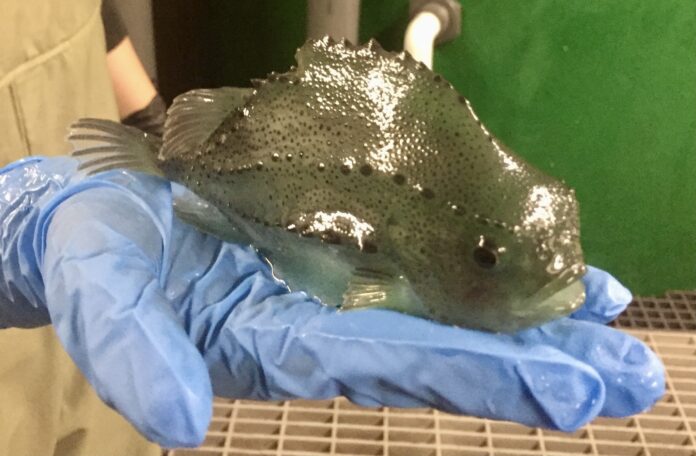Farmed lumpfish is used as cleaner fish in Norwegian salmon aquaculture, but for it to be used commercially in the United States, there has to be a local, consistent supply of it.
Such was the driving force behind a three-year project at the University of Maine Center for Cooperative Aquaculture Research, which aims to establish a local source of lumpfish.
In September, NOAA Sea Grant awarded the study team nearly $235,000 to advance the project. The main objective is to establish a geographically diverse, self-sustaining lumpfish breeding colony using wild juveniles collected from the US Gulf of Maine.
A similar but unrelated effort is underway at the University of New Hampshire’s (UNH) Department of Biological Sciences. UNH researchers say Maine alone needs 300,000 to 400,000 lumpfish annually for the cleaner fish to be used commercially.
Scotland and Eastern Canada salmon farmers are also using lumpfish as biological weapons versus sea lice.
Read also: Lumpfish could solve salmon sector’s sea lice problem – researchers
US lumpfish production is currently confined in research institutions. The University of New Hampshire, the UMaine Center for Cooperative Aquaculture Research and the USDA Agricultural Research Service produced a combined 15,000 lumpfish in 2019.

